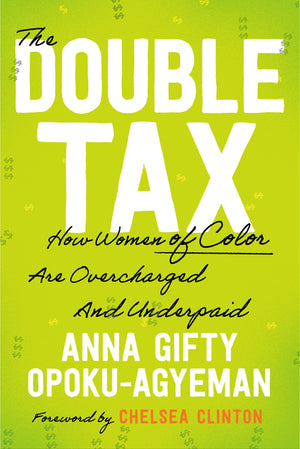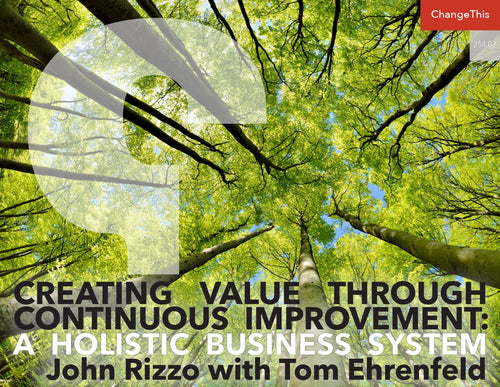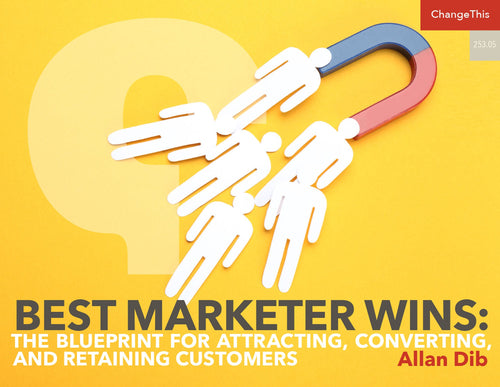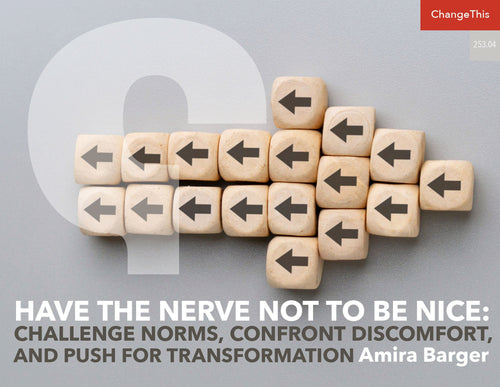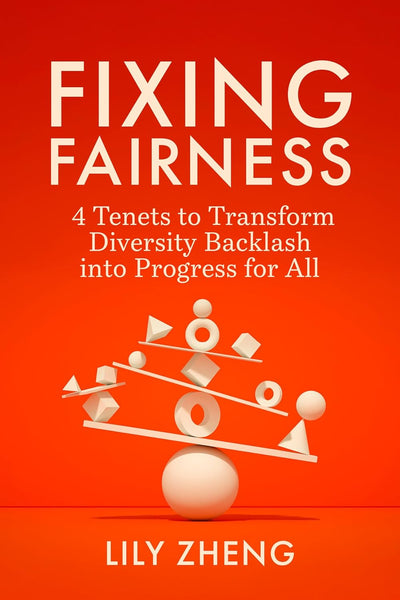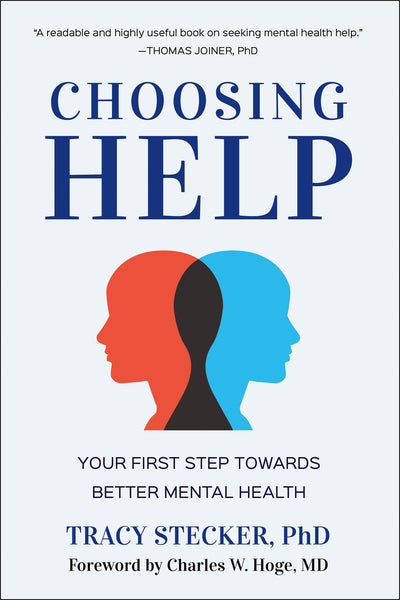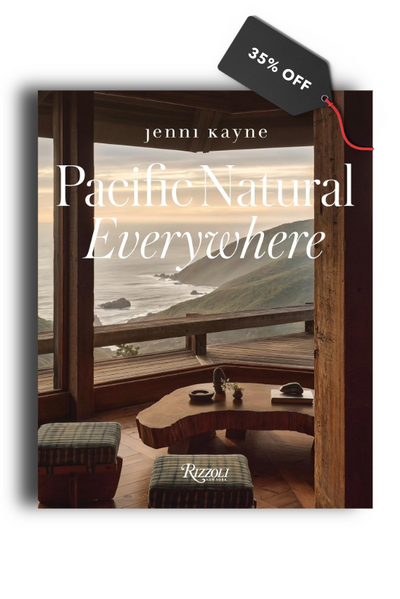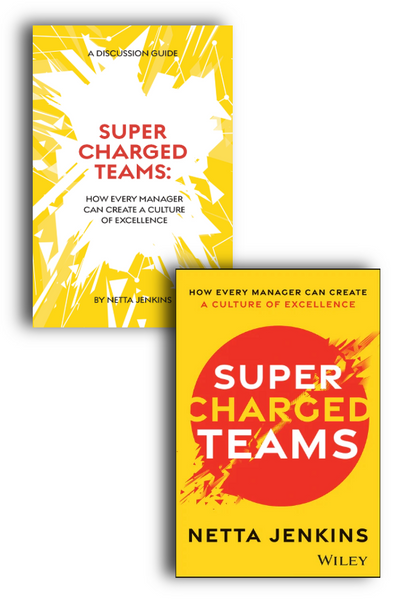Pass the Crown Act: Ending Race-Based Hair Discrimination
It is expensive to be a woman, and—as Anna Gifty Opoku-Agyeman details in her new book The Double Tax—the costs are often much higher for women of color, especially Black women. The gaps in job opportunities, salaries, housing costs, childcare access, and generational wealth are dramatic. The problem is even more personal when it comes to appearance, as race-based hair discrimination remains common in both schools and workplaces. That financial and psychological costs remain high, but solutions are available.
No one seems to pay attention to what women spend time, money, or effort on unless we are walking down a wedding aisle, giving birth, or buying into the latest beauty trend.
I learned how expensive it is to be a woman at a very young age when I watched my mom and sister get ready for church and special events. They would get their hair done, do their makeup, and spend time putting their outfits together. Meanwhile, my dad and brother would be ready to head out as they were, waiting patiently on the couch. At that early age, it struck me as odd that the women in my life had to spend all this extra time and money to look presentable while men could just roll out of bed.
Women are often gaslit into believing that the costs we incur must be incurred because womanhood is inherently expensive, not artificially so. What’s more, over the course of a woman’s life, these costs are often much higher for women of color, especially Black women.
As I grew older, I learned that beauty is not the only area of life that demands more from women than men. The unique costs women face are vast, and most of the people telling women what we should or should not be doing don’t consider the price tag of the decisions we have to make. They’ll scream things like “Have kids!” but ignore the fact that childcare costs as much as a mortgage. They’ll tell us which career path to pursue while ignoring that the jobs that pay the best are often the most hostile toward women, especially if we rise through the ranks to the top.
The balance sheet of womanhood is extensive, but just how extensive is it? There seems to be a gap between what policymakers, academics, and advocates know about these costs and what the public knows about them. Up-to-date and in-depth research on where women stand economically is scattered at best. And often the sources that do dive into this topic don’t present the information in a way that is easy for the public to understand. That means there is an opportunity to create a bridge—one that brings together in one place the costs faced by women from all walks of life.
Women currently make up more than 40 percent of the global workforce and nearly half of the world’s university students. In the US, women are the majority of the population and the voting electorate. We are expected to outspend men as consumers by 2028 and make up the majority of those over the age of sixty-five in the US. We play a critical role in society and the economy, yet globally, women are more likely to be underpaid or not paid at all, subjected to violence at work and at home, living in areas vulnerable to climate crises, and lacking access to bank accounts. Society takes from women regularly but rarely gives back. What’s so astonishing about this is that the refusal to care about women’s economic circumstances ends up costing everyone. No one wins when women lose, and that holds for the past, the present, and the future.
A couple of years ago, I was speaking to an audience about how race and gender can create unique obstacles for women in the workplace, especially Black women. I argued that using Black women as a benchmark for progress ensures that everyone is better off.*
*This idea, known as Black Women Best, argues that the best outcome for Black women often leads to a better outcome for everyone else. The woman who developed the framework, Janelle Jones, was the first Black woman chief economist of the US Department of Labor. She argues that because Black women tend to fare worse than other groups across multiple policy and economic measures, our progress is the rising tide that lifts all boats. Minority women, especially Black women, have always been dealt a bad hand. We get paid less, our doctors don’t listen to us in the delivery room, and we have the highest student debt.
Shortly after my speech, a man from the audience stopped me on my way out of the room to share his “thoughts.” He said he didn’t believe that Black women had it much worse than most other groups. He didn’t buy the argument that accommodating Black and minority women would make anyone’s life better. His refusal to acknowledge the harsh reality that I, and so many others, live with is what sparked the idea for my book, The Double Tax, and my mission to set the record straight.
Black women have long been seen as mammies, mules, aesthetics, tokens, and superheroes, oftentimes simultaneously. As women who are also racial minorities, we inhabit worlds that are often bombarded with crises. With every news headline, Black women and girls are losing air in an already tight space. We find ourselves at the bottom of the economic heap—not because we want to be there, not because we deserve to be there, but because our racial identity, which intersects with other dimensions of our identity, becomes yet another vehicle to strip us of our humanity. Black women know from childhood that we are either chosen last or not chosen at all, which has left us with a single choice in the face of injustice: We must save ourselves.
History has shown that every time Black women are thrown a lifeline, or we create one on our own, everyone else ends up surviving the storm. It’s not because we are the designated defenders or saviors of the world, but rather because the lives we lead are deeply interwoven with underprivileged communities globally. And thus, the attempts we make to save ourselves ultimately end up saving everyone else.
It’s not that white women do not face an uphill battle too. It’s that for racially diverse women, the conditions of the climb are different. This is why I define “the double tax” as the compounded cost of racial minority status and woman hood. Arguably, race shapes which women make more gains in accruing power, wealth, and access. This dynamic is precisely why in the face of women’s progress, some of us are sprinting toward freedom while others are being dragged toward oppression.
The double tax manifests every day—like white women spend ing more money on hair care than men, but Black women spending 20 cents more per ounce on hair products than white women. Or the childcare burden being high for white families, but 8 percent age points higher for Black families. These numbers, which I have pulled together after raking through the important work of many researchers and advocates, help tell the story of how expensive womanhood is and why that ought to change.
The problem with hidden costs is that they are hidden. That’s why my team and I conducted research interviewing more than one hundred women all over the country. The conversations we had revealed the financial, physical, and emotional investments required to be seen, heard, and respected—from lacking networks to advance professionally to being labeled “difficult” before we even speak.
As a PhD student studying policy and economics at Harvard, I have spent countless hours reflecting on how race, gender, and the economy shape our daily lives. As a nonprofit founder, for six years and counting, I have led an organization dedicated to serving minority women and girls, which has given me a front row seat to how underserved we are in almost every aspect of society. From limited access to opportunities to being undervalued in spaces where we should thrive, I saw firsthand the challenges we face.
My experiences across academia, policy, media, and corporate spaces deepened my understanding of these issues. In 2022, I published The Black Agenda: Bold Solutions for a Broken System, a collection that amplified Black voices across economics, education, health, climate, technology, and criminal justice, because I knew more people outside of academic and policy circles needed to hear from these experts. Editing The Black Agenda made it clear that The Double Tax couldn’t just be about problems—it had to also center solutions that close the gap of the double tax in some way.
The liberation of all women and people from bad bosses, bad hair days, and bad coworkers begins with first noting where the gaps are and where the double tax arises.
To close the gap of the double tax as it applies to beauty, we need to see many things happen. We need to pass the Crown Act so that hair discrimination in schools and workplaces cannot continue; we need to fund Black and minority-owned beauty and hair com panies; and we need to reinforce positive images of diverse hair types across all realms of culture so that hair is not stigmatized in its natural form. Let’s look here at the first point.
WE NEED TO PASS THE CROWN ACT
The Crown Act is a proposed bill that outlaws race-based hair discrimination, which may result in denial of employment and educational opportunities. The act prohibits organizations and academic institutions from banning dreads, cornrows, twists, braids, fades, Afros, or any style Black people or people of color choose to wear. The law addresses how Black women are nearly twice as likely to be sent home from work for hair-related violations, and how 80 percent of Black women polled are more likely to change their hair to conform to social and workplace norms. Unfortunately, the Civil Rights Act of 1964 has no jurisdiction over hair discrimination. The act only prohibits employment discrimination on attributes we cannot change. What makes the Crown Act an important first step is that while it begins with Black women and girls, any person with a hairstyle that deviates from some supposed standard is included.
The truth is, hair does not impact productivity or student engagement. There is no evidence that supports that assumption. But go to any corporate workplace or non-Black school district and that is the unspoken rule. People who cite Black hair as a distraction pull from the same playbook as those who say women wear ing short skirts tempt men. It’s an absence of cultural competence, rooted in willful ignorance, that unfortunately informs how everyone else has to show up. It’s unjust on purpose.
Moreover, we all occupy these professional spaces, attempting to make something of ourselves. This is why the Crown Act matters. The policy addresses one hidden form of bias head-on. It forces organizations and schools to be flagged and corrected for relying on policies that inherently exclude marginalized popula tions. The act serves as a kind of mirror that reveals the true na ture of an entity and whether they are as committed to diversity, equity, and inclusion as they purport to be. It is one of the few pol icy proposals that eliminates the double tax’s contributions to the cost gap of presentability while leaving no one behind. The added benefit here is that organizations and schools will have a fighting chance of eliminating bias for good.
The Crown Act essentially serves as a long-term solution to a symptom of a problem that is more than four hundred years old. Unfortunately, for the same reasons we see the act as an equity win, those who want to preserve harmful tactics and sow division are actively fighting against it being passed. In the meantime, what we can do is note and address the ways “good hair” is en acted and enforced in our local communities by calling out hair discrimination when we see it.
To address these long-term costs, anyone can and should push for the Crown Act to be on the ballot in their county, their neighborhood, their congressional district. This may require effort and time to be directed to leaders in your community who have a say over the norms of your school district or local businesses. At an even more local level, those who are working can push to learn more about what informs workplace attire—who it includes and who it excludes. I always say that advocacy is most effective in a collective. Partnering with other employees to address hair dis crimination and unfair standards around attire can help leaders recognize that the concerns raised are not just an individual’s but also impact workplace culture. This may also apply globally. In countries like France, anti–hair discrimination bills are already being passed to reduce discrimination against Black women.
If you serve in a leadership role within the workplace, make the case for the Crown Act by drawing on existing research and policy insights. All of this advice applies in school settings. Parents can join school boards and learn about how school policies around attire are created and enforced. Rule of thumb? If there are gendered expectations, there are likely racialized expectations as well.
Three years ago, when I first put out a public call across social media and women’s organizations asking women to share their stories about the costs they face, I did not expect nearly four thousand people to eagerly respond.
Every woman who participated thanked us for creating a space they didn’t know they needed. We too were grateful for the opportunity to learn from women who varied in age, race, socioeconomic background, religion, sexuality, and ethnic ity. During these sessions, the interviews for The Double Tax became more than just data; they became a movement.
The stories shared, alongside my own, revealed not a random coincidence but a clear pattern of the costs women face across racial lines and a desperate need to bring attention to the many price tags of womanhood. The stories also made clear that women’s bod ies and lives are often used as playgrounds for someone else’s wishes and desires. Our discussions were filled with frustration, sadness, joy, and laughter. Yet they also led to a realization: For many of us, these costs can feel endless.
How we spend our time, money, and effort reveals much about how inequality manifests and shapes the generations that follow—not just for women and girls, but for everyone. Between hair appointments and birthing visits, pay gaps and missed promotions, who is sitting down to calculate the bill that runs high (and increasingly higher) across each stage of life? What became clear from chapter to chapter is that every cost is connected. Alleviating the childcare burden helps with retirement, and access to higher paying career paths helps with buying a home. This understanding lays the groundwork for a deeper exploration into how the expectations surrounding womanhood prove to be costly in more ways than one.
When I first began writing The Double Tax, I felt un qualified to do so, and I know there will be people who believe that I am too young, too academic, too inexperienced, too Black, too much of an activist, or whatever else. But looking back, I see that my background as an advocate, researcher, writer, sister, daugh ter, mentor, and friend uniquely equips me to reflect holistically on everything I’ve witnessed, heard, and researched, and to make a case for the way forward. To build a better world, we must con front the realities before us. The future depends on what we do in this moment.
Adapted from The Double Tax: How Women of Color Are Overcharged and Underpaid by Anna Gifty Opoku-Agyeman, published by Portfolio, an imprint of Penguin Random House. Copyright © 2025 by Anna Gifty Opoku-Agyeman. All rights reserved.
About the Author
Anna Gifty Opoku-Agyeman is an award-winning Ghanaian American researcher and writer and a current postgraduate student at Harvard Kennedy School studying public policy and economics. She is the youngest recipient of a CEDAW Women’s Human Rights Award by the United Nations Convention on the Elimination of All Forms of Discrimination Against Women, and the editor of The Black Agenda, which received widespread praise from outlets such as NPR, Essence, Telemundo, Fox Soul, and The New York Times.


